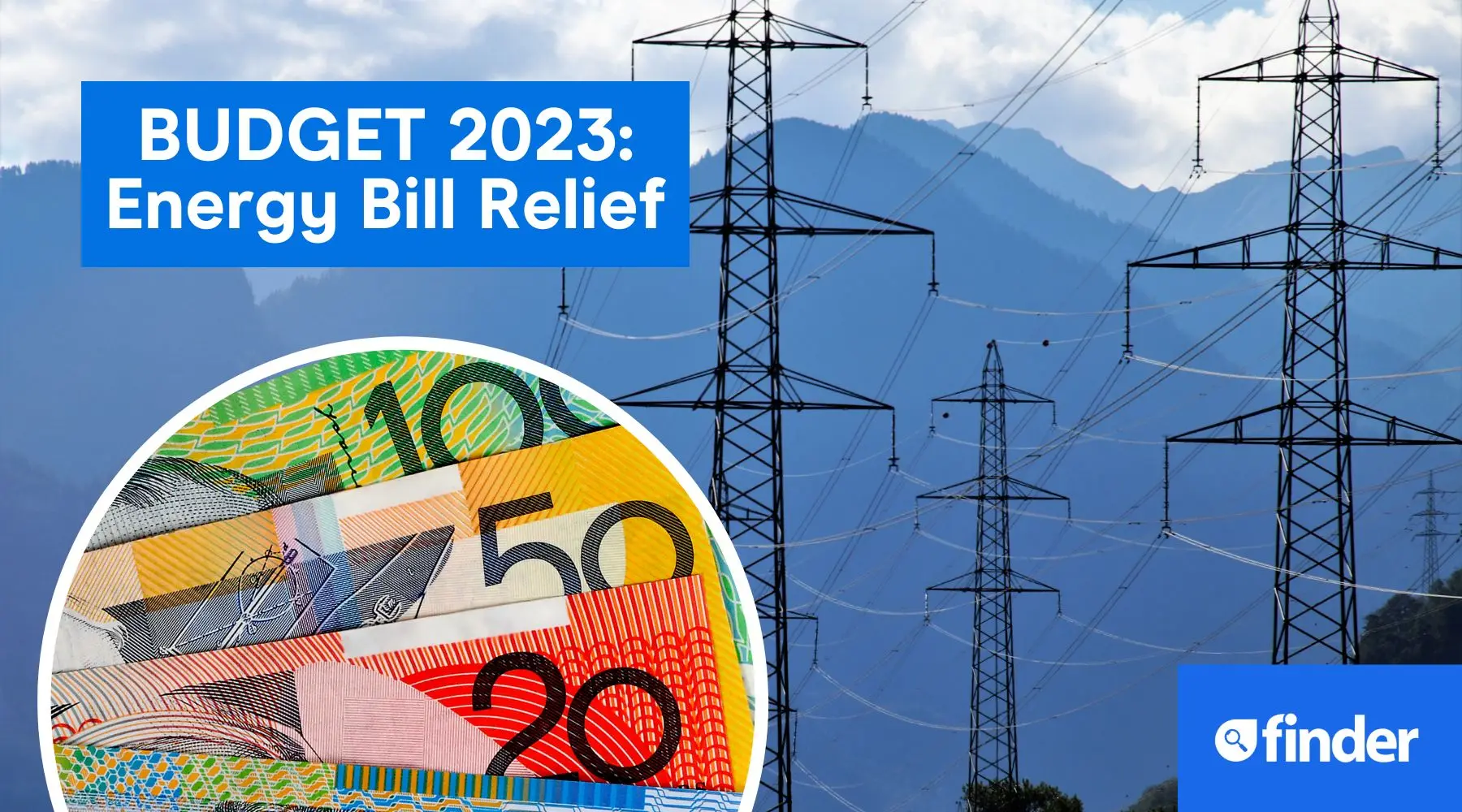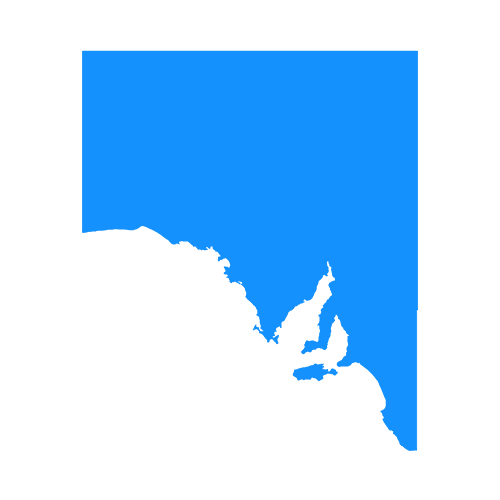Federal budget $500 energy bill relief: Eligibility and how to reduce your bill

The federal budget announces energy bill relief payments of up to $500 for millions of households in a bid to curb soaring power bills.
UPDATE: Several state governments have further expanded the $500 energy bill relief program.
In NSW if you are a Low Income Health Care Card holder or Department of Veterans Affais (DVA) Gold Card or receive a Carer's allowance you will now be eligible for bill relief.
In SA the rebate will now be offered to Commonwealth Family Tax Benefit recipients, holders of certain Department of Veteran Affairs cards as well as people on carers allowances.
Around 5.5 million households across Australia will be compensated for cost of living pressures through the federal government's $1.5 billion energy bill subsidy package.
The amount will be matched by individual state governments, making it a total package of $3 billion.
This should be a small reprieve for Aussies bracing for further energy prices hikes from 1 July 2023, and the monetary strain that comes with winter heating costs.
$500 energy bill relief: Do I qualify?
The bulk of it will be directed towards those "most in need". This includes pensioners, veterans, seniors and other concession card holders, as well as recipients of the Carer Allowance and Family Tax Benefit.
Households that already receive existing state and territory rebates or concessions will also be eligible.
The bill relief will be credited directly onto power bills by energy retailers starting from the next financial year.
Will I get the full energy bill relief payment?
Just how big a discount you'll receive will depend on where you live.
This is because the Commonwealth government has struck "eight different deals with state and territory governments".
Those living in New South Wales, Victoria, Queensland and South Australia will get the full $500.
If you're based in Western Australia, the Australian Capital Territory or the Northern Territory, the Commonwealth government will give out $175 and the states should match this up, making it a total energy bill relief of $350.
"The electricity support package will in part offset energy cost increases that household have experienced over the last 12 months and the forecast future price increases [in July]," Gavin Dufty, executive manager for policy and research at St Vincent de Paul Society Victoria tells Finder.
"There is only so much the federal government can do in this space, there is also a role for state and territory governments to assist in alleviating energy cost pressures. As such, we are looking for complimentary and supporting programs to be announced by the states and territories in the next few weeks."
Other federal budget energy announcements
The federal budget also announced up to $650 of energy bill relief payments for small businesses and a $1.3 billion-dollar Household Energy Upgrades Fund.
This fund will be put towards around 110,000 low-interest loans for Aussies to make energy-saving home upgrades.
These upgrades for houses will be targeted towards things like double glazed windows, solar power and more energy efficient appliances.
The Guardian quoted energy minister Chris Bowen saying "Australia's housing stock was mostly inefficient, reflected in the country being ranked 58th out of 63 countries for per capita energy use".
This highlights the potential power bill savings that could be available to Australians by making homes energy efficient.
Businesses that turnover less than $50 million per year will be eligible for up to a $20,000 tax deduction on electrification and energy efficiency improvements as part of the Small Business Energy Incentive.
What if I don't qualify for the $500 relief payment?
At the moment, Victoria is offering a $250 Power Saving Bonus to everyone in the state.
Otherwise, your next best bet is to make sure you compare your electricity and gas plans, so that what you're paying isn't higher than the average energy bill.
Alternatively, you could be eligible for energy rebates and concessions depending on where you live, your needs and your income bracket.
Head to your state and see which one(s) you might be eligible for.
"It's important for households to remember that energy support can be accessed through a phone call to their energy retailer," says Dufty.
"Energy retailers are obliged to offer people financial hardship assistance, which includes payment arrangements, debt, deferral, and other social supports such as concessions in emergency payments."
UPDATED 22 December 2023: We've updated this story with new information following the NSW and SA governments decisions to expand eligibility of the $500 energy bill relief.
Whether you're eligible for bill relief or not, it's always a good idea to compare energy plans to see if you can get a cheaper deal. It's likely you will if you haven't switched plans in over 12 months.
Ask a question

 NSW
NSW VIC
VIC QLD
QLD SA
SA TAS
TAS ACT
ACT WA
WA NT
NT
Do you have to fill out forms
Hi Teresa,
It depends on the state you’re in, as some (eg Victoria) require you to fill out forms, whereas others (eg Queensland) will pay your energy provider directly and apply it to your bill.
Hope that helps!
How are the rebated paid?
Hi Kevin,
It depends on the state you’re in, as some (eg Victoria) require you to fill out forms and will arrange the rebate directly, whereas others (eg Queensland) will pay your energy provider directly and apply it to your bill.
Hope that helps!
Do Victorians that have already got the state $250 get the federal $500 or is the $250 from the state gov deducted from the $500 federal payment meaning that the gov are only paying $250 NOT $500.
Smoke and mirrors?
Hi Stu,
That’s correct! So everyone would be eligible for the $250 Power Saving Bonus the VIC govt already has in place. The additional $250 from the federal govt would apply to eligible households only.